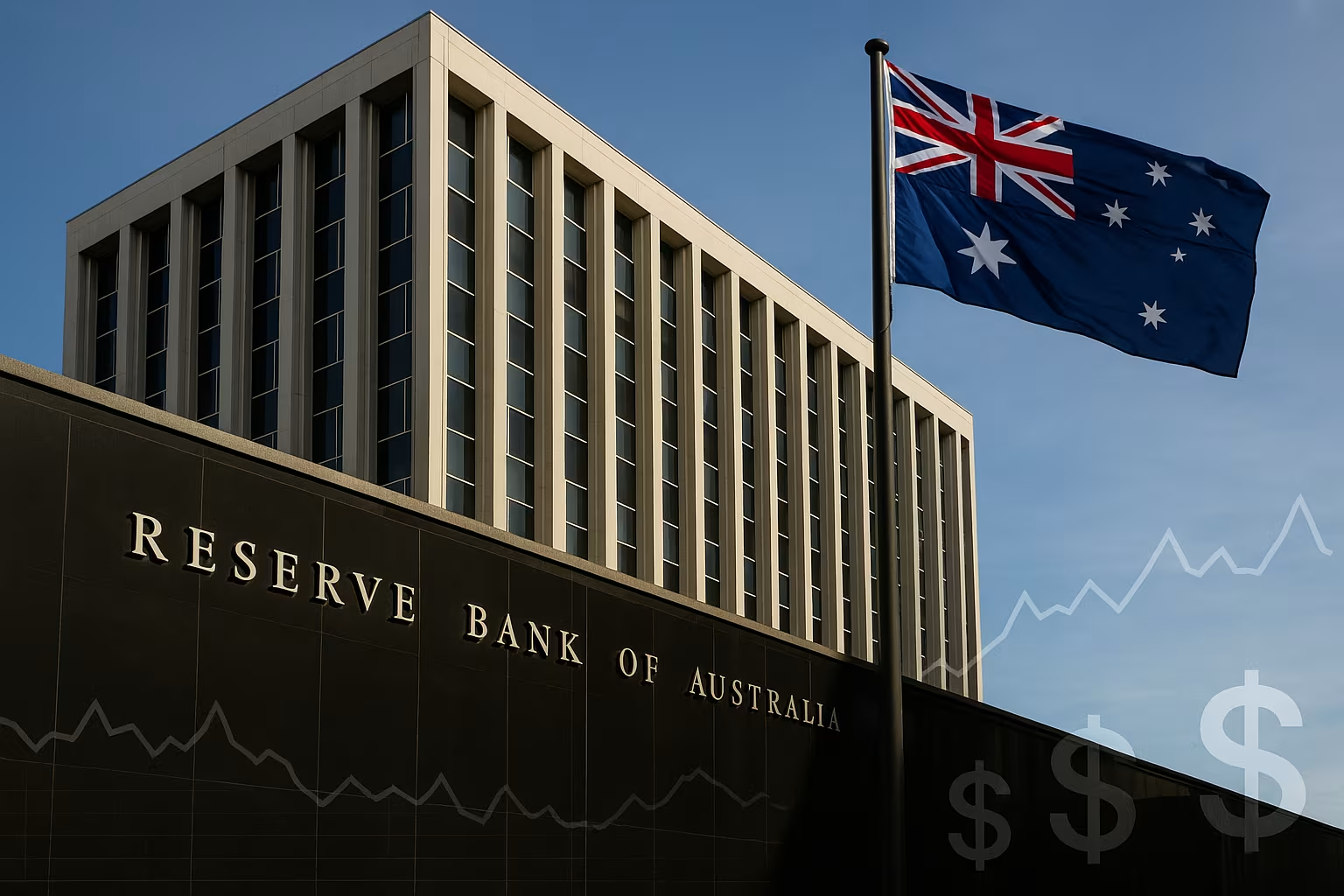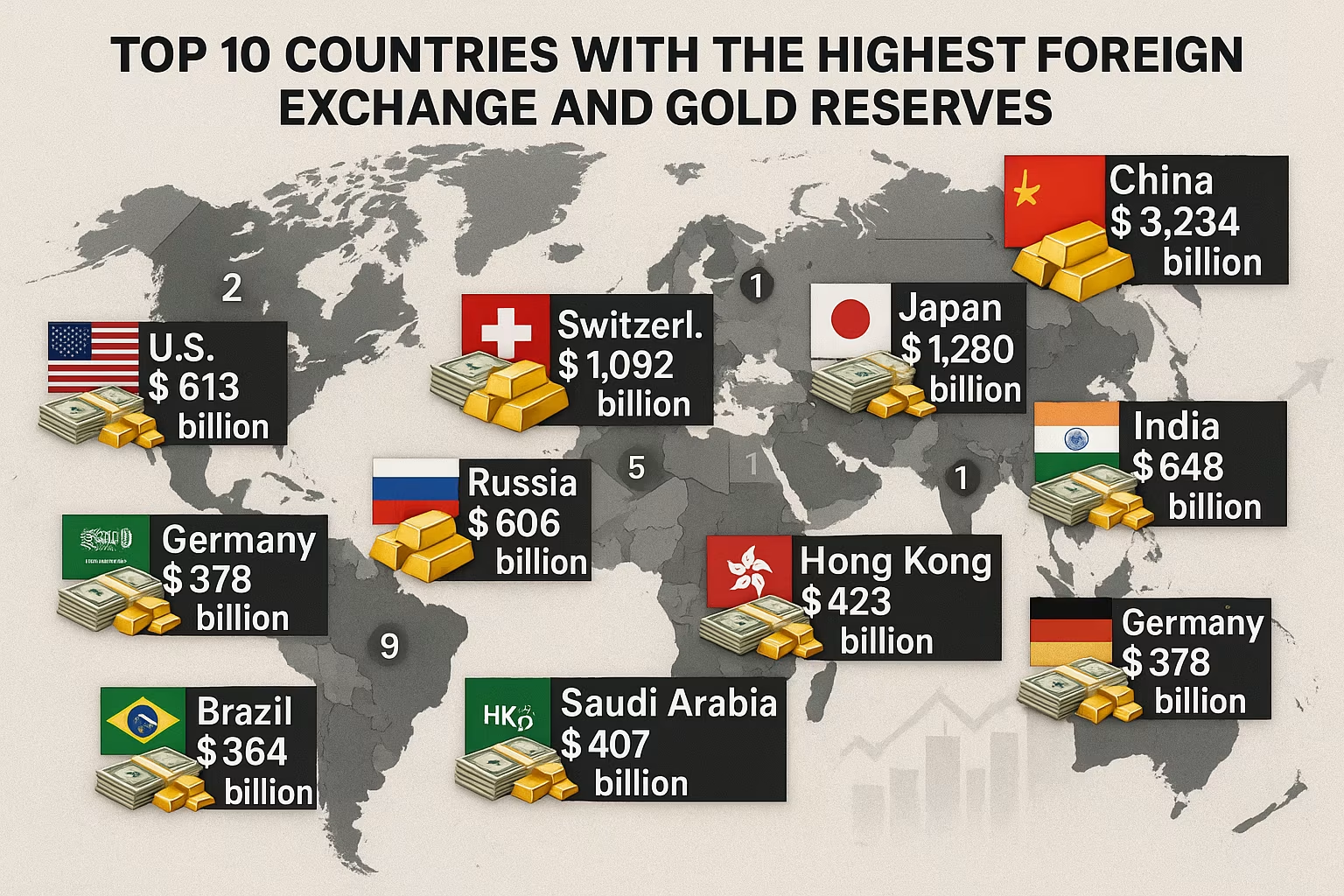Inflation has been a defining economic challenge in recent years, but the way it affects different parts of the economy is constantly evolving. While the overall inflation rate provides a big-picture view of price changes, it often masks the shifting nature of rolling inflation—where price pressures move from one sector to another over time.
Understanding this phenomenon is critical for policymakers, businesses, and consumers alike, as it helps identify which industries are currently under pressure and which might experience cost relief in the months ahead.
What Is Rolling Inflation?
Rolling inflation refers to the shifting of price increases across different sectors rather than a uniform rise in prices everywhere at the same time. In some cases, prices in certain industries may be cooling down while others see sharp increases. This rotation of inflationary pressure means the battle against inflation is rarely a straight path—it’s a moving target.
For example, during one period, energy prices might be the primary driver of inflation, while at another time, housing costs or food prices may dominate. This fluid nature makes inflation more challenging to predict and manage.
The Sectors Feeling the Heat
1. Housing and Rent
Housing remains a persistent source of inflationary pressure in many economies, particularly in the United States. Shelter costs—rents and owners’ equivalent rent—continue to climb due to limited housing supply, high mortgage rates discouraging sales, and strong demand from urban populations. Since housing is a major component of the Consumer Price Index (CPI), even modest increases here can keep overall inflation elevated.
2. Food and Beverages
Food inflation surged during the pandemic due to supply chain disruptions and labor shortages. While some relief has come from improved logistics, certain categories—like processed foods, dairy, and beverages—remain expensive due to higher input costs such as packaging, transportation, and agricultural commodities.
3. Healthcare
Healthcare costs are seeing renewed upward momentum. Hospitals, clinics, and insurers face higher labor costs, equipment prices, and insurance payouts. These expenses are increasingly being passed on to patients through higher service fees and insurance premiums.
4. Transportation
Fuel prices have fluctuated sharply, but transportation costs are also being pushed up by vehicle shortages, rising insurance premiums, and maintenance costs. Public transport systems in some cities are increasing fares to cover operational deficits.
Sectors Experiencing Relief
1. Energy
After significant spikes in 2022, energy prices in many regions have stabilized or even declined. Lower crude oil prices and improved natural gas supply have provided relief to households and businesses, although geopolitical risks still pose threats to stability.
2. Technology and Electronics
Improved supply chains and reduced chip shortages have led to lower prices in certain electronics categories, from smartphones to laptops. However, high-end devices and new releases often remain expensive due to strong demand.
3. Used Cars
One of the pandemic’s most inflated sectors—used vehicles—has cooled as production of new cars has rebounded. This has eased some of the upward pressure on transportation-related inflation.
Why Rolling Inflation Happens
Several factors contribute to the shifting nature of inflation across sectors:
- Supply Chain Adjustments – When bottlenecks are resolved in one industry, prices tend to normalize there, while unresolved issues in other industries cause inflation to shift.
- Consumer Demand Shifts – As prices rise in one sector, consumers may change their spending patterns, increasing demand—and prices—in other areas.
- Policy Impacts – Interest rate hikes, subsidies, or tax changes can affect specific industries differently, influencing where inflationary pressures appear.
- External Shocks – Geopolitical tensions, extreme weather, and global commodity price changes can rapidly alter which sectors experience the highest inflation.
The Challenge for Policymakers
For central banks like the U.S. Federal Reserve, rolling inflation complicates decision-making. Even if headline inflation shows signs of improvement, underlying price pressures in certain sectors can keep the economy overheated. This raises questions about whether interest rates should remain high for longer or whether targeted measures should address specific cost drivers.
One of the risks is policy lag—by the time interest rate changes filter through the economy, the inflation problem may have already shifted to a different sector. This requires constant monitoring and flexibility in policy implementation.
Business Strategies in a Rolling Inflation Environment
Businesses facing rolling inflation are adopting strategies to adapt:
- Flexible Pricing Models – Adjusting prices more frequently based on market conditions rather than sticking to annual price reviews.
- Diversifying Suppliers – Reducing reliance on single suppliers or regions prone to disruption.
- Efficiency Investments – Automating processes, reducing waste, and optimizing supply chains to cut costs.
- Value-Added Offerings – Introducing premium products or services to justify price increases without losing customers.
Consumer Adaptation
For households, rolling inflation means budgeting has to be more dynamic. Some expenses may stabilize, offering a chance to save, while others may spike unexpectedly. Consumers are increasingly:
- Comparing prices online before purchases.
- Substituting expensive goods with cheaper alternatives.
- Taking advantage of discounts and promotions in lower-inflation sectors.
- Locking in fixed-rate service contracts where possible.
Outlook: Where Inflation May Roll Next
Economists expect rolling inflation to persist into the near future. While energy prices could remain stable, housing and service-sector inflation are likely to keep pressure on overall prices. Additionally, climate-related disruptions and geopolitical tensions could trigger new waves of inflation in food, transportation, or manufacturing sectors.
The path forward will depend heavily on:
- The pace of interest rate changes by central banks.
- Global commodity price trends.
- Labor market conditions.
- Supply chain resilience.
Rolling inflation highlights that the fight against rising prices is not a single battle—it’s a series of shifting challenges. Even when headline inflation appears under control, certain sectors can experience strong upward pressure, influencing the overall economic climate.
For policymakers, businesses, and consumers, the key is adaptability—recognizing where inflation is emerging, responding proactively, and preparing for its inevitable movement to new parts of the economy. As long as price pressures keep shifting, staying informed will be the best defense against their impact.





